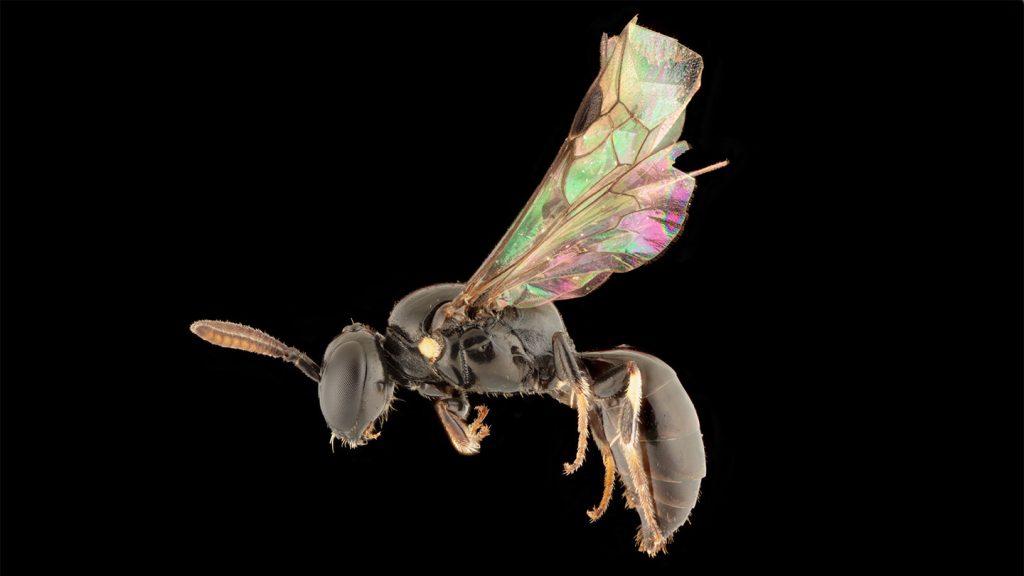A new species of masked bee found in the Tuamotu Archipelago of French Polynesia in 1965 by bee biologist Charles Michener raised question on how such small bees could travel such a large distance, specifically 3,000 miles from New Zealand. More research conducted by scientists revealed eight new species of Hylaeus bees, with six residing in Fiji. The island nation is strategically located between French Polynesia and Australia where Hylaeus diversity is highest, hinting at the possibility of the ancestors of H. tuamotuensis reaching the Tuamotu Archipelago through island-hopping across the Pacific Ocean, evolving into separate species over time.
The island-hopping theory is further supported by the discovery of new species of bees on various Pacific islands, including New Zealand, Australia, the Tuamotu Archipelago, and Fiji, initiated by bees moving from island to island, steadily evolving as they dispersed. The exact trek taken by the bees and how they accomplished this journey still remain a mystery to researchers despite the evolving species pattern seen across the various island locations.
Bee biologist Bryan Danforth highlights that most bee species reside in arid regions and not many bee species are associated with islands. The method of locating bees traditionally involves sweeping nets along the ground, as seen in Arizona. However, in Fiji, researcher James Dorey adopted a new approach of swinging nets high into the trees to capture Hylaeus bees. The unique approach paid off as multiple new species were discovered in the canopy of flowering trees. This finding implies that there is a significant bee diversity in the treetop regions, often overlooked in bee research.
The collaboration between researchers and local Fijians in Navai Village has produced productive results, incorporating Fijian scientists like Marika Tuiwawa, a botanist at the University of the South Pacific. The relationship built with the local community has led to increased enthusiasm for native bees among the Fijians. The researchers hope to continue training students in bee collection within Fiji, aiming to have Fijian experts in the field of bees to further expand research and discoveries in the region.
While the presence of H. tuamotuensis alongside diverse bee species in remote island locations is established, many unanswered questions still remain. The route taken by Hylaeus bees to reach various islands, including the Tuamotu Archipelago and Fiji, continues to be a mystery. The possibility of bees being carried by strong winds during storms across the Pacific Ocean is plausible, although nesting habits in wood may have also played a significant role in their dispersal. The concept of bees nesting in wood that drifts for thousands of kilometers and lands in a habitable location could explain the spread of these bees across the Pacific islands. Further exploration is needed to unveil the complete journey undertaken by Hylaeus bees to inhabit their diverse range of locations.


